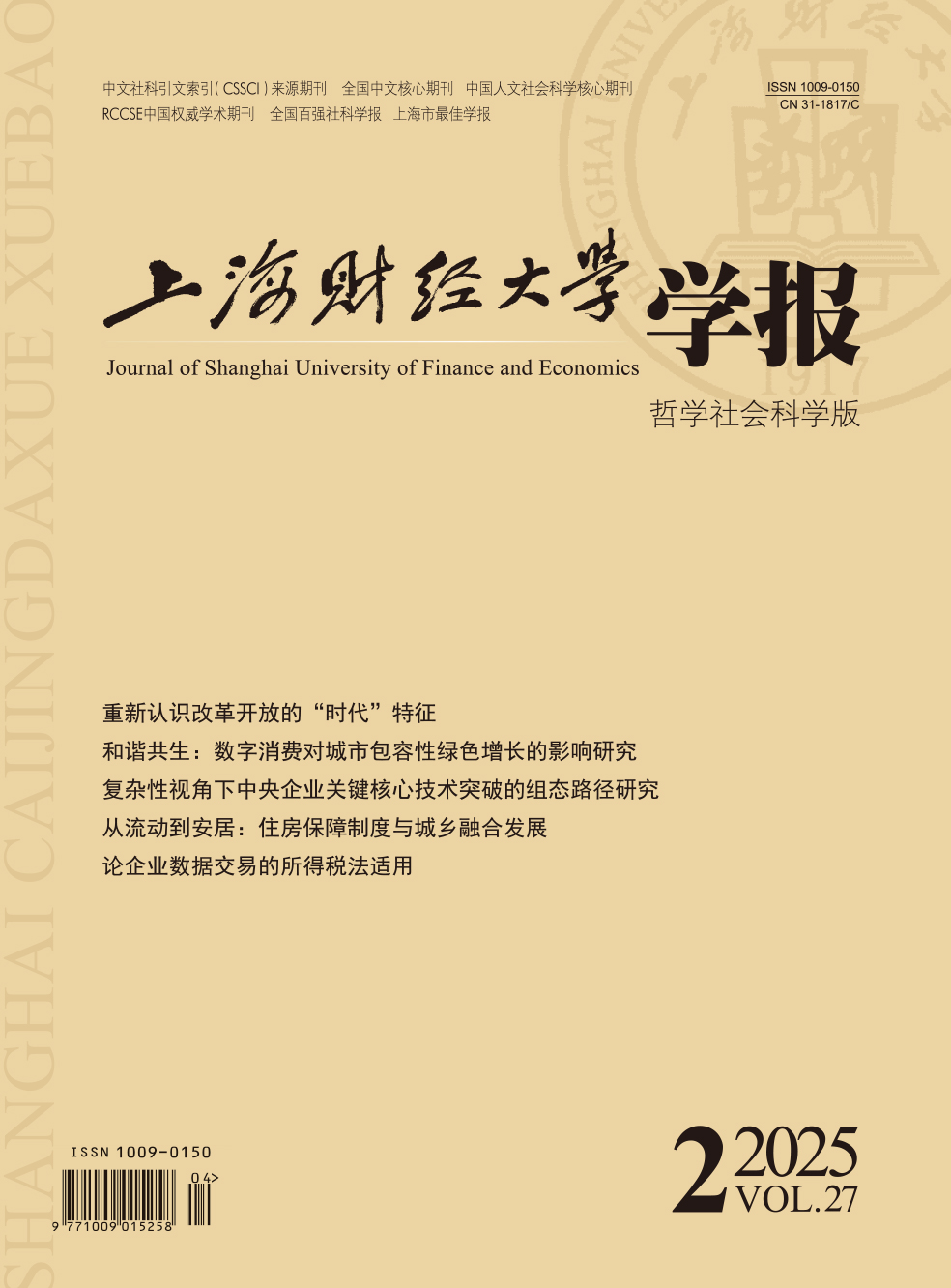Under the new development pattern of “dual circulation”, dominant firms in global value chains (GVCs) initially choose to embed into domestic industrial clusters, and then embed into the international circulation of GVCs in a “huddling for warmth” style. This new development pattern will have an impact on the export exchange rate elasticity of firms. Drawing on existing research and giving prominence to traditional impacts in GVCs, this paper measures and gauges dominant firms. Using the lead-firm model (Antràs & Gortari, 2020) , Liu & Wu (2018) theoretical framework, and Berman et al. (2012) model, it outlines the theoretical analysis framework for the export exchange rate elasticity of dominant firms under the new development pattern of “dual circulation”. Based on the theoretical framework, this paper adopts the matched data of firm—product—destination-country—time from the 2000-2013 World Input-Output Table, Industrial Enterprise Database, and Customs Database to test whether the new development pattern of extending domestic value chains and shortening foreign value chains for dominant firms can gain comparative advantages in hedging exchange rate risks. The results show that the new development pattern of “dual circulation” has a feedback effect on dominant firms through horizontal and vertical agglomeration of industrial clusters, and a spillover effect on non-dominant firms, thereby enhancing their ability to hedge exchange rate risks. Further analysis reveals that the mechanism by which dominant firms mitigate exchange rate risks lies in increasing export price exchange rate elasticity and reducing export quantity exchange rate elasticity. This mechanism mainly stems from the high productivity, production scale, and upstream position of firms. Moreover, the closer the export firms are to dominant firms, the stronger the spillover effect of dominant firms. The policy implications of this paper are that: On the one hand, we should vigorously cultivate local dominant firms, and promote the integration level of dominant and non-dominant firms. On the other hand, it is necessary to strengthen the spillover and radiation effects of dominant firms, extend the circulation of domestic value chains, embed into the international circulation in a “huddling for warmth” style, and rely on the domestic circulation to mitigate exchange rate risks. This paper provides theoretical support and policy suggestions for promoting the benign interaction of domestic and foreign value chains under the new development pattern of “dual circulation”.
 / Journals / Journal of Shanghai University of Finance and Economics
/ Journals / Journal of Shanghai University of Finance and EconomicsJournal of Shanghai University of Finance and Economics
LiuYuanchun, Editor-in-Chief
ZhengChunrong, Vice Executive Editor-in-Chief
GuoChanglin YanJinqiang WangWenbin WuWenfang, Vice Editor-in-Chief
Does Dominant Firms “Huddling for Warmth” Hedge Exchange Rate Risks? From the Perspective of New “Dual Circulation” Development Pattern
Journal of Shanghai University of Finance and Economics Vol. 25, Issue 04, pp. 33 - 48,92 (2023) DOI:10.16538/j.cnki.jsufe.2023.04.003
Summary
References
Summary
Cite this article
Ning Mimi. Does Dominant Firms “Huddling for Warmth” Hedge Exchange Rate Risks? From the Perspective of New “Dual Circulation” Development Pattern[J]. Journal of Shanghai University of Finance and Economics, 2023, 25(4): 33-48.
Export Citations as:
For




 4519
4519  3185
3185

